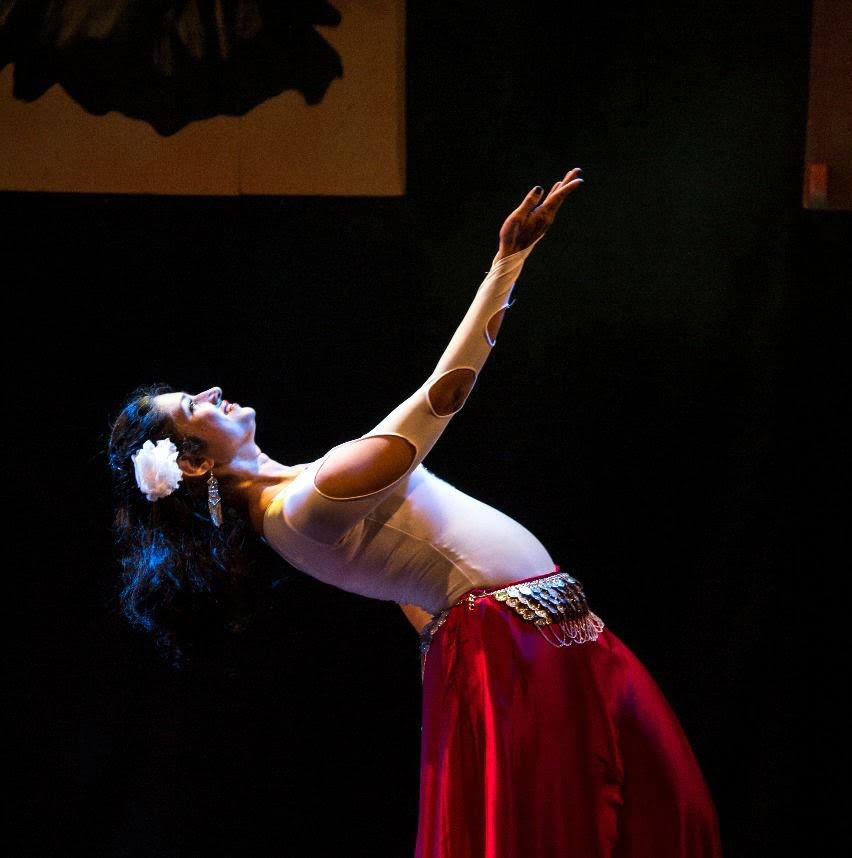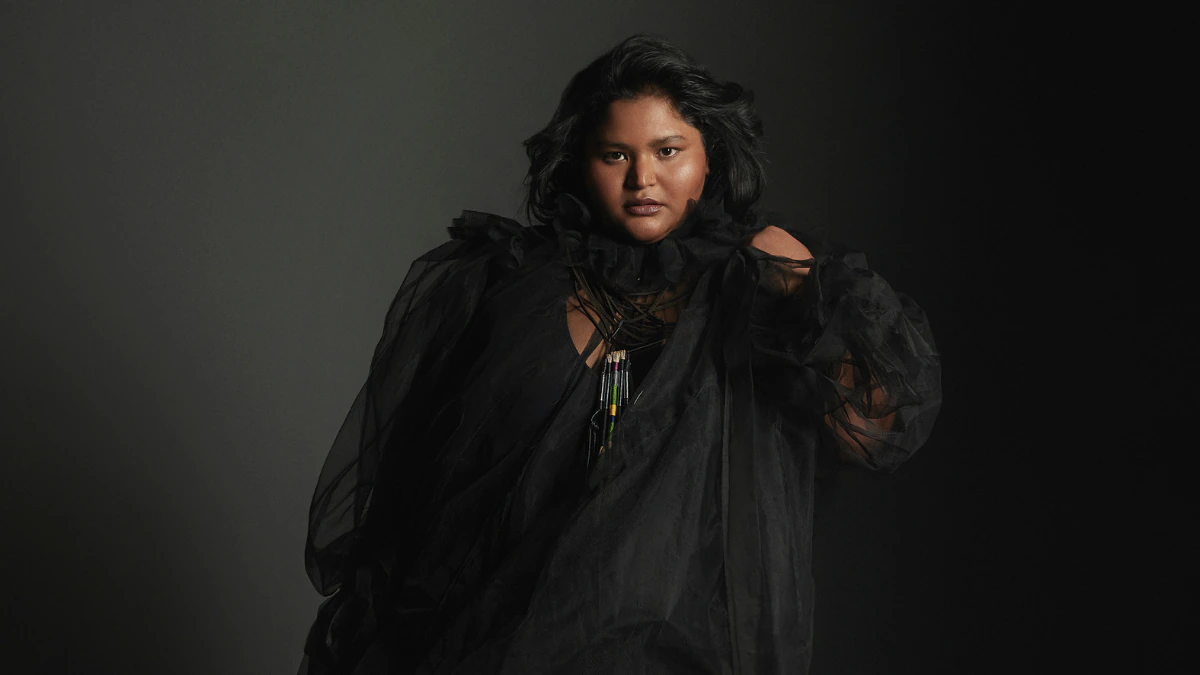Posted by Sailee Brahme
Examples of people quitting their regular jobs to pursue something unique are not unheard of. There are numerous opportunities that beckon such souls. But what is it that drives them to leave a secure career in pursuit of their passions? And what is the secret to success when you begin from scratch?
Priyasha Deochake is a Biotechnology student turned dancer. She sheds light on her dancing career that began after quitting a job in the health sector. A post-graduate, wife and mother, Priyasha is now a full-time Odissi dancer as well as a Belly dancer and owner of Anubhooti – her own dance school that trains women in Belly dance.
Sailee Brahme: How did you come across this path and why did you choose Belly dancing?
Priyasha Deochake: While working in healthcare, I realized that a 9 to 5 job is not my thing and I definitely would not like to do it all my life. Dancing was always a priority!
SB: What is your opinion on dance as a career in our country?
PD: It is a difficult choice as opposed to a stable job, as you may not earn a lot, at least in the beginning. But, as a lot of people are now aware of different dance styles and are open to trying something new, the scenario is changing. You can either choose to be a performer or teacher or both.
I started pursuing Belly dance 8 years ago and it was always very close to my heart. So there was no second choice for me. Another reason was to be different. I always find it fascinating to do something that is new and untouched. Belly dance back then was very uncommon and even today is gaining popularity very gradually.
SB: How do people, in general, perceive this dance?
PD: Belly dance is one of the oldest dance forms in the world. Like many other dance forms, this one too has been gravely misinterpreted and misrepresented. People have often perceived it as a vulgar and seductive dance performed for men and which women from decent families must not indulge in.
They have continued spreading it that way through nightclubs or desert safari performances. People are not aware of the rich history of Belly dance. It originated as a dance form for women with the aim of enhancing and improving their body posture, core muscles, the reproductive system and fertility. It was also a celebration dance.
Now, it is gaining some popularity and people have started to look at it with an open mind. This dance form deserves the same respect as all other dance forms for behind the glamorous costumes and flowy choreographies, are hours of gruelling training and perseverance.

Image Credit: Facebook
SB: Why do you think one could take up Belly dancing?
PD: It is a highly technical dance form and challenges you to lose your bodily inhibitions. It gives you a healthy body without causing any injuries. It is a low impact dance form that helps in forming a strong core, toning the muscles and increasing flexibility and stamina. Belly dancing makes you feel beautiful while making your body fitter. Enjoy dancing and improve your health at the same time. What could be better? It is a complete package!
SB: What about the spread of this art form in India?
PD: It began spreading in India during the late 1990s when youngsters were exposed to Shakira and other dancers of the West. It gained more popularity after Bollywood began to adopt Belly dancing in film choreographies. Then, there were only a few Belly dance teachers in India, who indianized the dance form to make it more acceptable to audiences here.
SB: We have heard of some male Belly dancers too!
Yes. It is great to see Belly dance breaking gender boundaries. Being a folk dance of the gypsies, Belly dance was always performed by males as well as females. But dance as a whole, irrespective of the style is not something many men take up or are allowed to pursue.
Belly dancing has always been considered as a dance of and for women. I feel art knows no discrimination and everybody must have an opportunity to follow their passions – men, women alike. There are some amazing male Belly dancers in India.
In fact, I would say it is even more difficult for them as many of the movements in Belly dance come naturally to women or support our physiological structure. Men definitely have to go that extra mile to achieve the same but it is very encouraging to see that they are doing it.
SB: How do you promote/support Belly dance?
PD: My dance school Anubhooti has constantly been trying to promote the dance in a very dignified way. In 2015, we performed a production called ‘The Lost Tales’ based on the history and evolution of Belly dance.
In 2016, we showcased a Nava Rasa and Belly dance fusion that incorporated expressions and moods from Indian Classical dancing along with the movements of Belly dance. In the future, we are looking forward to experimenting with different genres of music.
SB: Odissi and Belly dance at the same time! What kind of a combination is that?
PD: Both dance styles reside in me in perfect symbiosis. I don’t have to juggle between the two. Both forms are technically intensive and require great body isolations. In fact, I would say that Belly dancing has helped me fine tune my body postures for Odissi and vice versa.
SB: Any message for dancers?
PD: Dance is a test of your dedication. You have to pursue and practice it till you get it. You can never stop working on improving. Always try to become a better version of yourself. Be open to new things and experiment. Develop your own style and be unique.
https://www.youtube.com/watch?v=vC3ZFr5RcHM
SB: What are your aspirations for this art form in the future?
I see a very bright future for this dance form. It is developing and a lot of dancers are experimenting with it. This is great for any art form as art can only grow and become better with time. I would definitely like to see Indian Belly dancers making their mark in the international Belly dance scenario.
SB: You have taught contemporary dancing to senior citizens suffering from Parkinson’s as well as freestyle to children with various physical and mental disabilities. Can you tell us a little more about that?
PD: We used to work on developing their motor skills and speech skills through dance. It is such a beautiful moment to see a class full of elderly people swaying to the music. When it comes to children, each child is different. As a teacher, you have to make sure that they are enjoying the session.
Children with disabilities have an extremely low attention span and as teachers, we really have to put in a lot of effort to ensure that they enjoy themselves. But both these experiences have been very enriching and rewarding for me as a dancer and a teacher.
Priyasha’s enthusiasm and love for dance really makes you want to start shimmying right away. She is the perfect example of passion meeting perseverance to result in peace and joy.
Also Read: Bharatanatyam In The Wild: Claiming Our Bodies And Spaces Through Dance
Sailee Brahme is a freelance creative writer and poet. She also teaches French and loves dancing, desserts and pets. She can be followed on Facebook. She is also the author of 2 published anthologies titled ‘Solitary Reflections‘ and ‘Loving a Soldier‘.
Featured Image Credit: Facebook
About the author(s)
Guest Writers are writers who occasionally write on FII.




